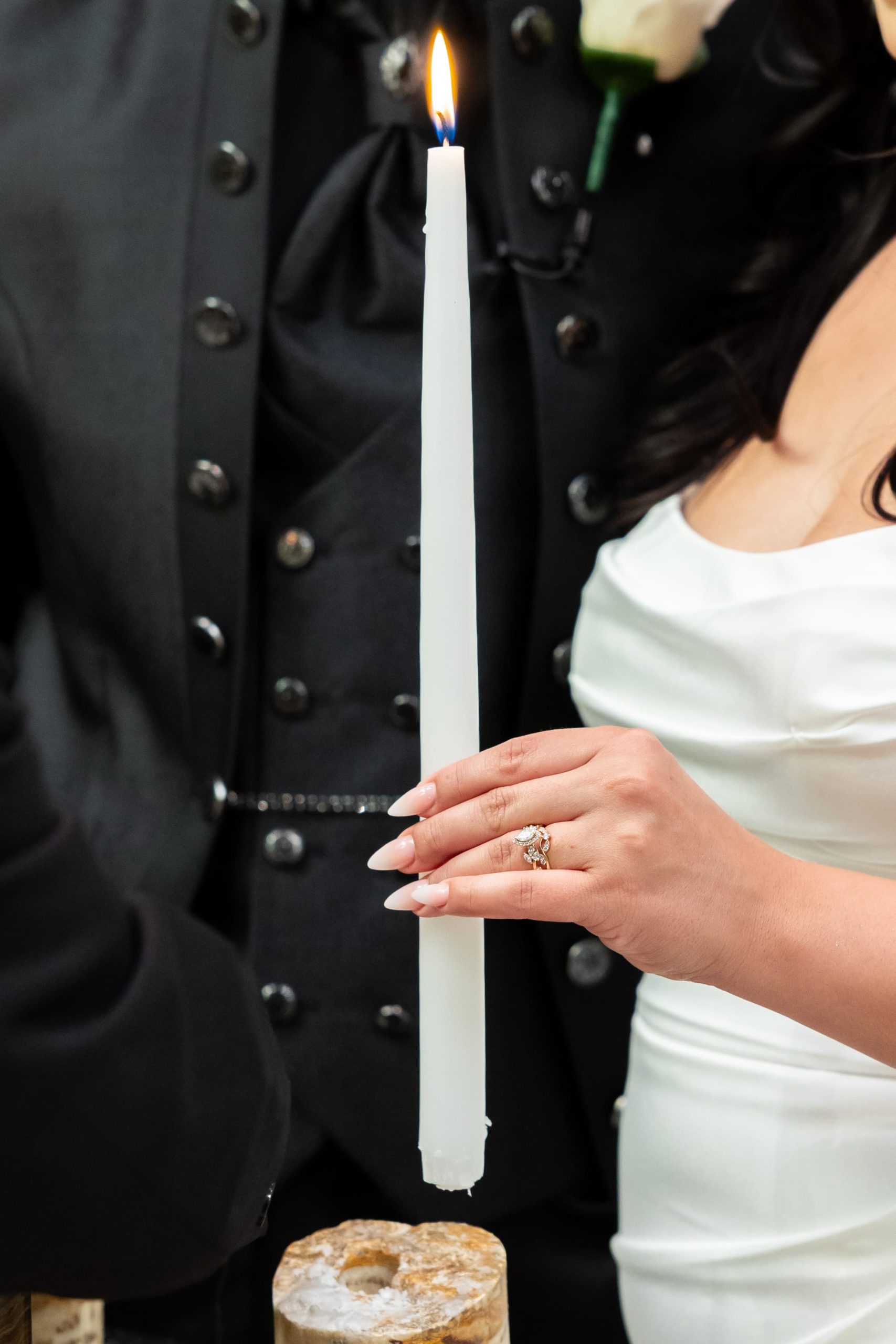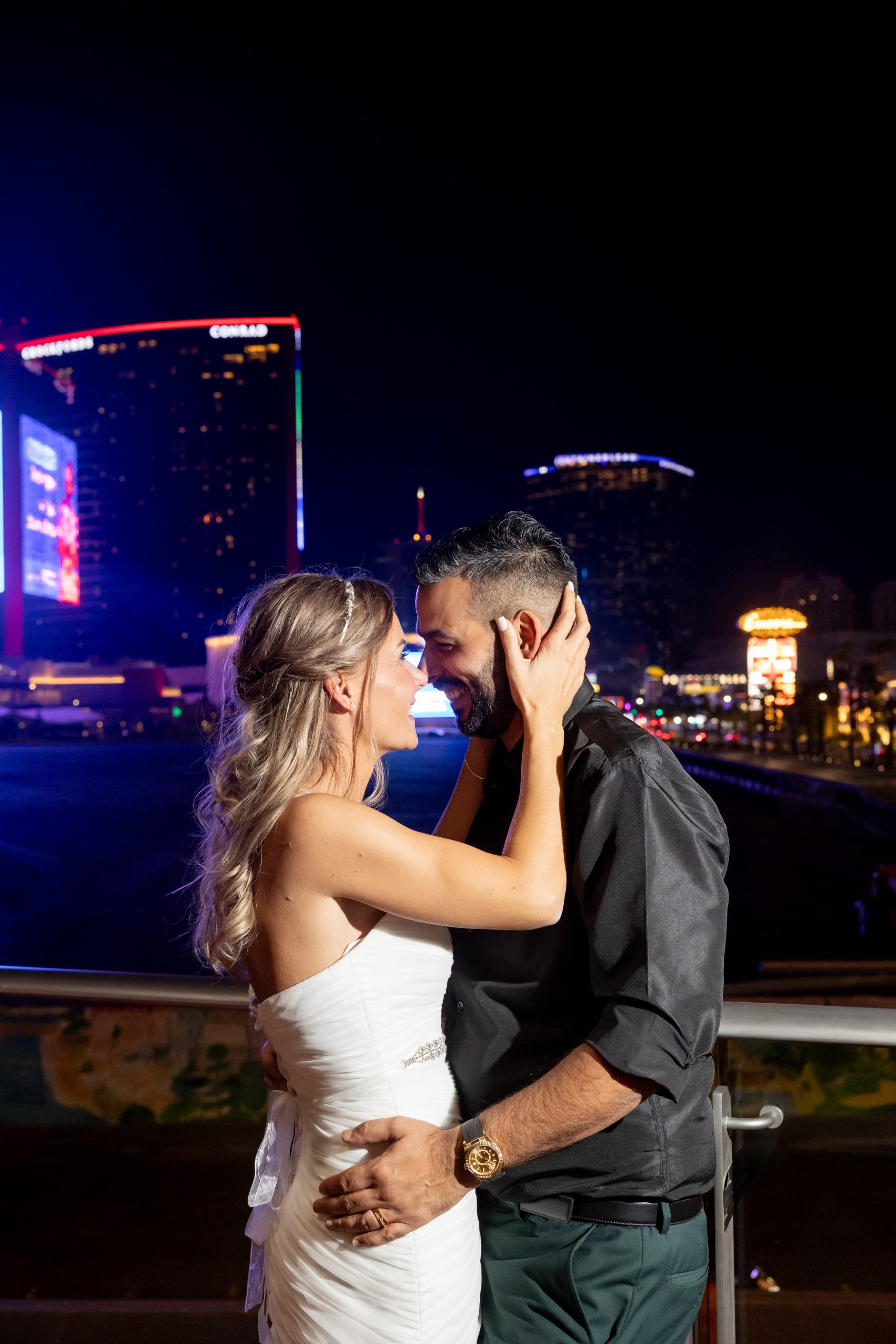2026 WEDDING TRENDS
Unveiling the Top 2026 Wedding Trends The modern wedding is moving beyond traditional formality and embracing artistry, personal storytelling, and high-touch details. For couples planning their 2026 celebration, the focus is on creating a beautiful,…






